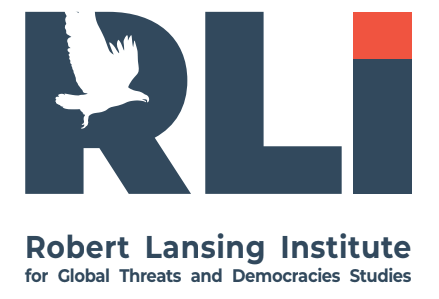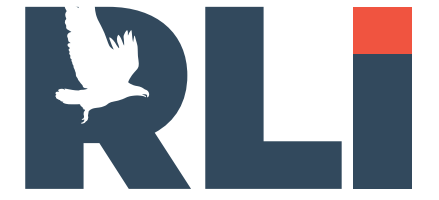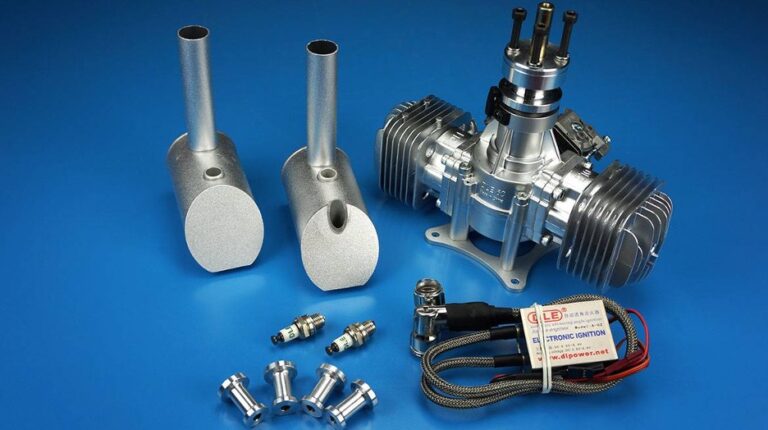China has introduced new restrictions on the export of dual-use goods to Russia starting on September 1, a notable shift given China’s role as a key supplier of such items since 2022. By bypassing international sanctions and prioritizing its own domestic interests, Russia has maintained access to Chinese technologies to replace Western products for a third consecutive year. Among these are small aviation engines, particularly the DLE30 engines produced by MILE NAO XIANG TECHNOLOGY CO. LTD, which are used in the production of Russian UAVs.
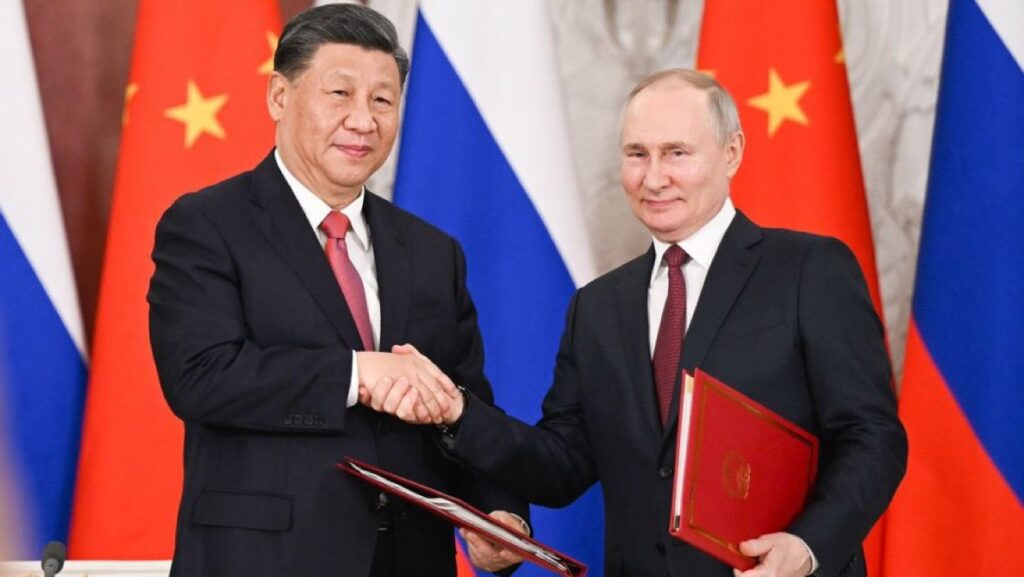
More on this story: China: Supplying Components for Russian Drones in the War Against Ukraine
DLE30 aircraft engines

Since at least August 2023, China has been supplying these DLE30 engines to Russia. On the Russian side, companies like Uniservice, SMT-iLogic, and Unicom have been handling procurement, while intermediaries from China include CHIP SPACE ELECTRONICS CO. LTD, LUCHENGTECH CO. LTD, and M. AND S. TRADING.


Although the DLE30 engines are not explicitly labeled in import documents, the technical descriptions align precisely with their specifications, raising questions about how sanctions are being circumvented. Notably, Uniservice and SMT-iLogic are under U.S. and EU sanctions, while Unicom has avoided sanctions entirely. All Chinese intermediaries, however, are sanctioned by the U.S.
DLE55 aircraft engines

Similarly, DLE55 engines have been supplied since spring 2023 through Russian firms SNK Trade and ObltransTerminal, with the help of Chinese intermediaries like Keno Pharma Ltd and Zhejiang Air Sea Transport Inc. In some cases, the product descriptions openly identified the engine model.
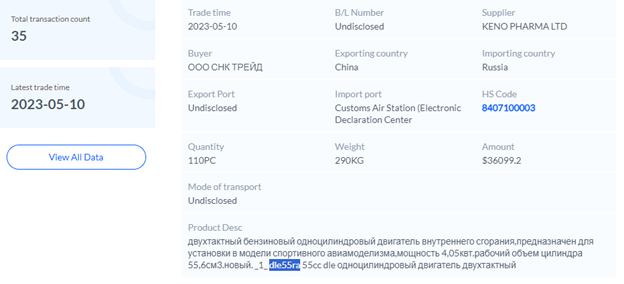
Other invoices, however, show that again the specifications of the imported product fully correspond to those of the DLE55 engine:
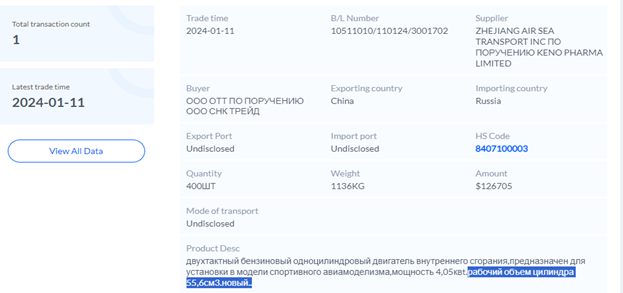
None of these companies are under sanctions, despite the dual-use nature of the goods.
DLE60 aircraft engines
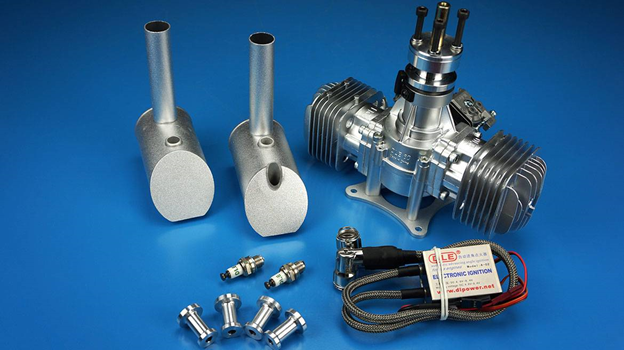
Deliveries of DLE60 engines in 2023 and 2024 were facilitated by Chinese firms such as Sun Hu and Shenzhen Bewin International Logistics Co. Ltd, with Russian recipients including Skvala, Altrabeta, Saturn EK, and Vest. Notably, Skvala received a shipment of DLE60 engines in January 2024:
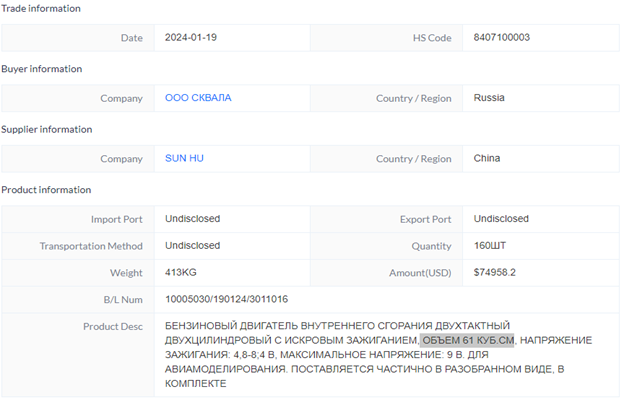
Another Chinese firm MANZHOULI SIBO TRADE CO. LTD openly listed the engine model in its documentation.
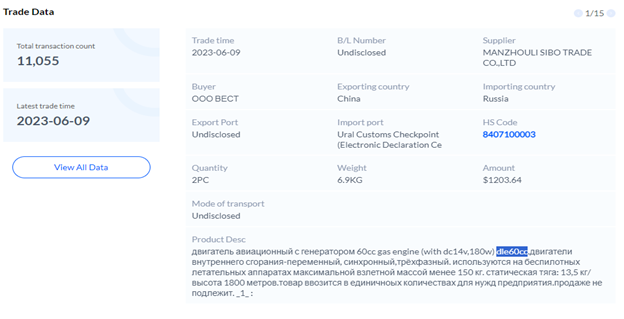
While Altrabeta and Saturn EK are under sanctions, most other involved companies are not.
DLE120 aircraft engines
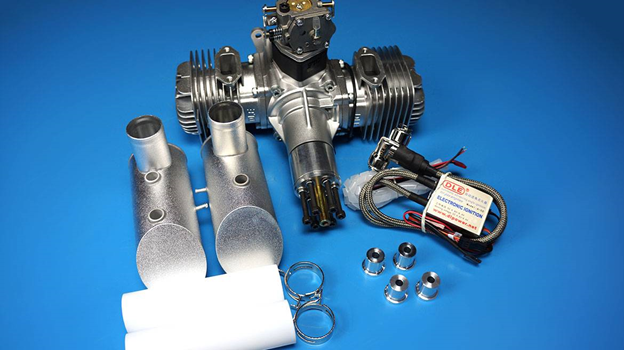
In January 2023, the first batch of DLE120 engines was shipped to Russia, with Chinese intermediary DEQING INDUSTRIAL SANYA CO. LTD facilitating the delivery to Russian firm Transkomplekt.

Additional DLE120 engines were supplied by HMK Trading Company Ltd to Russian company SITEM, which is under U.S. sanctions.

The Chinese companies DEQING INDUSTRIAL SANYA CO. LTD and HMK TRADING COMPANY, as well as the Russian company TRANSCOMPLEKT, are not included in the sanctions lists of any country in the world.
These examples highlight the persistent and stable commercial links between Russian and Chinese companies in the supply chain of engines for UAVs.
Chinese firms:
-MILE НАО XIANG TECHNOLOGY CO. LTD;
-CHIP SPACE ELECTRONICS CO. LTD;
-LUCHENGTECH СО LTD;
-M. AND S. TRADING;
-SHENZHEN BEWIN INTERNATIONAL LOGISTICS CO. LTD ON ORDER ALLPARTS TRADING CO LIMITED;
-MANZHOULI SIBO TRADE CO. LTD;
-KENO PHARMA LTD;
-ZHEJIANG AIR SEA TRANSPORT INC;
-DEQING INDUSTRIAL САНИЯ CO. LTD;
-HMK TRADING COMPANY LTD.
As of today, according to the available information, it is reliably known that DLE series engines are used in Russian UAVs. For example, the DLE60 engine is used in the Geran-3 UAV:
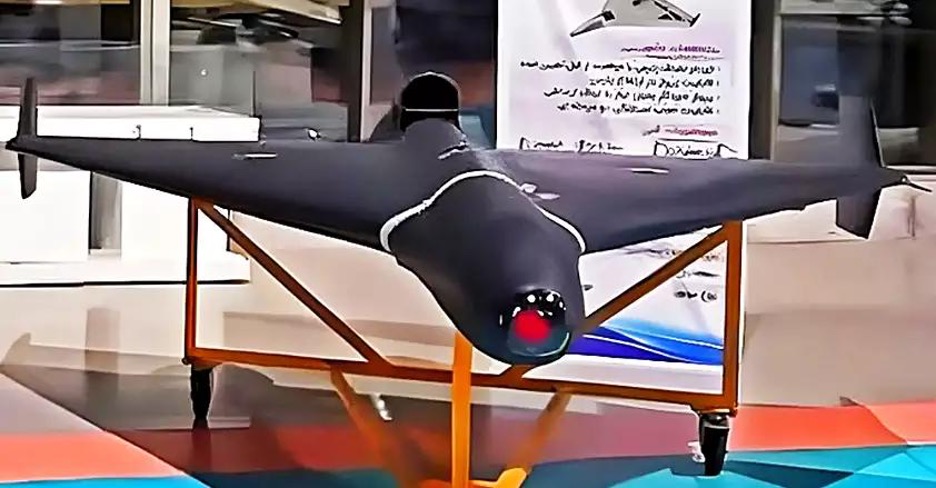
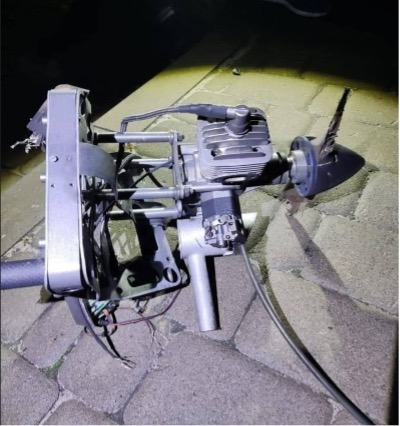
And the DLE120 engine is used in the Italmas UAV and Supercam S350:
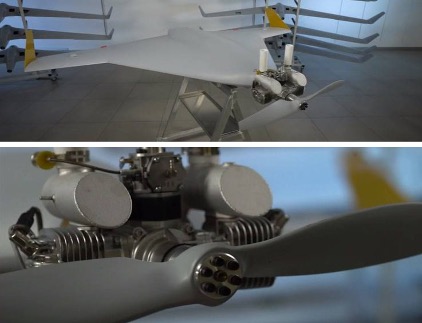
As is known, Russia is actively using UAVs to target and carry out strikes on Ukrainian civilian infrastructure, which lead to the civilian casualties. The number of UAVs launched by Russia during the conflict since 2022 has already exceeded tens of thousands.
It is important to note that all the above-mentioned Chinese companies deliver exclusively to Russia, in other words, they were created exclusively for this purpose. It is widely known that in China it is impossible to organize such exports without the knowledge of the government. Therefore, the supply of equipment subject to Western sanctions from China to Russia was carried out with the knowledge of the country’s top leadership. But the Chinese side makes no effort to stop these deliveries.
